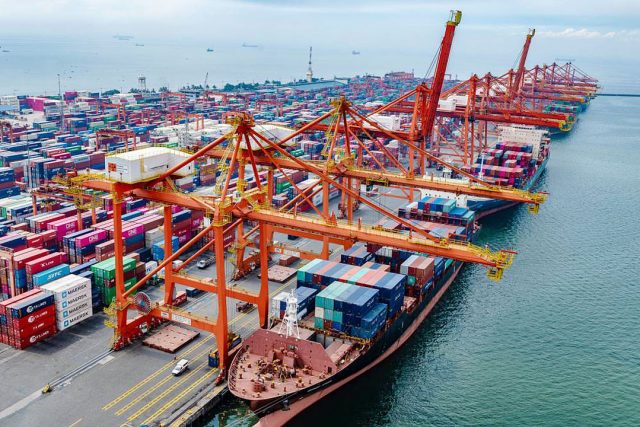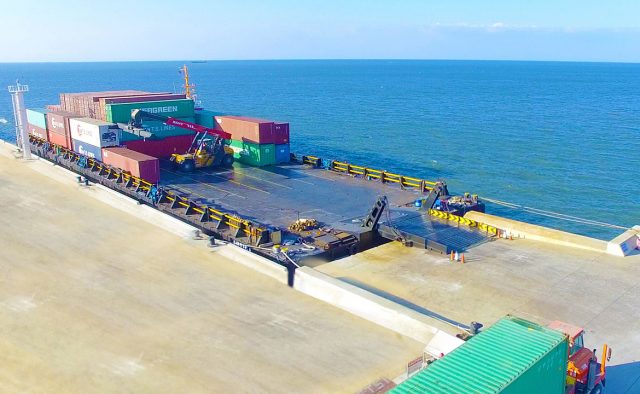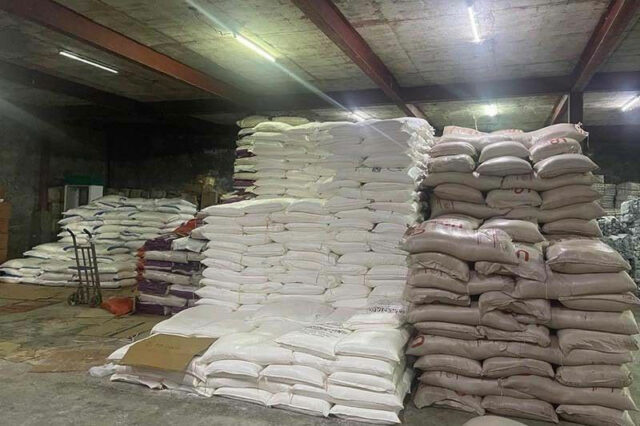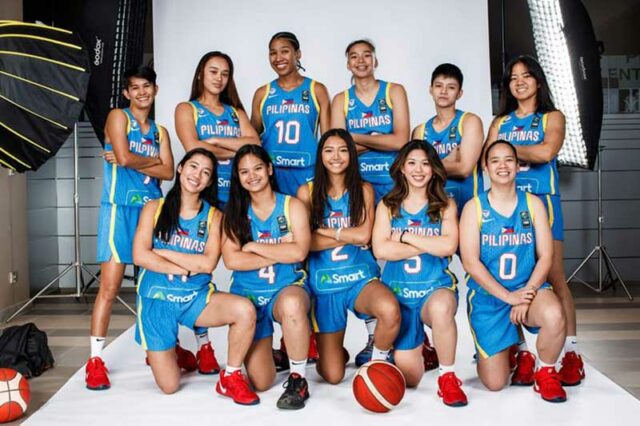IN BRIEF:
• In the digital era, background checks are essential to mitigate the financial and security risks associated with employment fraud, including the rise of sophisticated tactics such as deepfake technology.
• HR teams are pivotal in creating a culture of proactive compliance, leveraging various industry best practices to increase the precision and speed of background checks while ensuring recruitment processes comply with legal standards.
• Investing in advanced, tech-forward hiring tools can protect organizations from operational and reputational damage, align new talent with company values, and build a secure workforce.
Employment fraud not only takes a financial toll due to the hiring of an ill-suited candidate but also increases the risk of occupational fraud. The events that marked the beginning of the 2020s spurred unprecedented transformation by compelling organizations to accelerate their digital journey and enable remote working and business continuity. While it ushered in a new working world of tech-powered solutions, the accelerated pace of growth also left organizations vulnerable to heightened fraud risk.
According to the Occupational Fraud 2024: A Report to the Nations issued by the Association of Certified Fraud Examiners (ACFE), out of 183 cases documented in the Asia-Pacific region, 12 (6%) of those were from the Philippines. This report analyzes 1,921 real cases of occupational fraud that were investigated between January 2022 and September 2023. However, it should be noted that the Asia-Pacific region reports the highest loss due to the cost of fraud compared to other regions in the study, with losses amounting to $1.2 million, compared to Western Europe which came in second with losses of $1 million.
According to ACFE’s Report to the Nations 2024, 16% of the organizations that fell victim to fraud had chosen to onboard candidates despite the red flags that were raised during the background screening process, illustrating their dire need to hire.
To mitigate such risks, HR departments can lay the groundwork for organizational compliance efforts and cultivate an environment committed to following rules and policies. Through the support of HR personnel, compliance approaches can evolve from being reactive to proactive, enabling businesses to effortlessly integrate new regulations.
REMOTE HIRING AND BACKGROUND CHECKS
During these challenging times, human resource functions find themselves struggling to bridge the talent gap in organizations through remote hiring. However, without the tried-and-tested safety measures such as employee background checks in place, fraudsters exploit the loopholes in the tech-enabled virtual interviews and skill-assessment processes to con organizations into hiring inadequately skilled, unscrupulous, or downright unqualified candidates for important positions through impersonation, proctored interviews, and so forth. The lack of continuous monitoring also results in issues such as multiple employment and compromised employee performance.
In the realm of talent acquisition, HR teams play a pivotal role in ensuring compliance. They must ensure that the recruitment process adheres to employment laws and remains impartial, equitable, and free of discrimination. In an era where employment fraud is escalating, the onboarding process is particularly susceptible to modern fraud tactics, including overstated resumes, the use of deepfakes (artificial intelligence or AI-produced media where someone’s likeness or voice is replaced with another’s) during interviews, the submission of counterfeit documents, and undisclosed criminal histories. As such, HR can act as a safeguard by employing risk mitigation strategies to recruit candidates with verified qualifications and employment records.
THE COST OF OCCUPATIONAL FRAUD
Organizations share confidential information and valuable data with employees based on the trust established during the onboarding process. If the relationship is built on false pretense or with forged documents submitted by the candidate to improve their chances of being recruited, it can prove detrimental to the organization.
All types of fraud are breaches of trust. Occupational fraud is the costliest and most common form of deception that takes place within organizations.
The Report to the Nations 2024, which covered 1,921 cases of occupational fraud in 138 countries, reported losses of more than $3.1 billion incurred by affected companies. Candidates who use fraudulent ways to get hired and submit inauthentic documents during pre-employment background checks are likely to operate with the same mindset during their employment, resulting in increased incidences of occupational fraud.
LONG-TERM REPERCUSSIONS OF EMPLOYMENT FRAUD
A fraudulent candidate presents false information due to the lack of appropriate credentials to secure the position organically. With the advent of technology and remote jobs, fraudsters are creating deepfakes to impersonate qualified professionals and land jobs on their behalf.
Such frauds can hamper overall team productivity, compromise business outcomes, and expose the organization to legal and reputational damage. While employees committing employment fraud stand to lose their jobs when their misdemeanors come to light, the organization incurs long-term reputational damage in the ordeal.
LEVERAGING TECHNOLOGY IN BACKGROUND CHECKS
With the introduction of improved background check processes, HR teams can now utilize industry experience to thoroughly scrutinize candidates’ resumes, documents, references, academic qualifications, and professional experience— all by one specialist. Automated HR compliance solutions can reduce the inaccuracies associated with manual background checks and offer faster processing times compared to traditional methods.
This ensures that the hired candidates meet the company’s requirements and adhere to its policies. While the primary objective of background checks is to detect fraud, they can also serve to assess cultural and value alignment, assisting HR in selecting candidates who resonate with the company’s values.
Employment fraud, like every other scam, is difficult to avoid. However, occurrences can be considerably reduced by implementing innovative solutions offered by employee background verification companies.
Organizations can help prevent the hiring of unqualified professionals by investing in tech-forward tools for background verification, leveraging data and cutting-edge innovations like face-matching and geo-tagging to address the loopholes in the employee verification process in a timely and cost-effective manner. Preemptive measures such as employee background checks can help reduce instances of fraud.
SAFEGUARDING THE FUTURE OF WORK
The importance of comprehensive background checks in the modern workplace cannot be overstated. As organizations navigate the complexities of a digitalized employment landscape, the need for robust verification processes becomes increasingly critical to prevent employment fraud and its associated costs.
Advanced tools that harness centralized viewing are not only streamlining the background check process but are also enhancing the accuracy and integrity of hiring decisions. In addition, companies can explore engaging with third-party professionals with an extensive track record in fraud and integrity services. These measures are instrumental in building a trustworthy workforce that upholds the values and standards of the organization.
Ultimately, by investing in and prioritizing thorough background checks as well as fostering a culture of compliance and ethical hiring, companies can protect themselves from the financial, operational, and reputational damage caused by employment fraud, ensuring a secure and prosperous future for their business and employees alike.
This article is for general information only and is not a substitute for professional advice where the facts and circumstances warrant. The views and opinion expressed above are those of the author and do not necessarily represent the views of SGV & Co.
Roderick M. Vega is the forensic and integrity services leader of SGV & Co.











